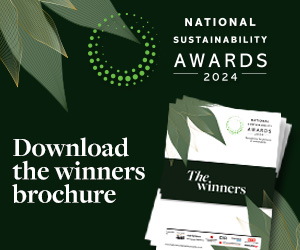The International Energy Agency (IEA) has presented its Sustainable Recovery Plan focusing on a series of actions that can be taken over the next three years to revitalise economies and boost employment while making energy systems cleaner and more resilient.
The plan offers an energy sector roadmap for governments to spur economic growth, create millions of jobs and put global emissions into structural decline. By integrating energy policies into government responses to the economic shock caused by the COVID-19 crisis, the plan would also accelerate the deployment of modern, reliable and clean energy technologies and infrastructure.
In an analysis carried out in cooperation with the International Monetary Fund, the report shows that the set of policy actions and targeted investments over the 2021-2023 period that are outlined in the Sustainable Recovery Plan can achieve a range of significant outcomes, including boosting global economic growth by an average of 1.1 percentage points a year, saving or creating 9 million jobs a year and reducing annual global energy-related greenhouse gas emissions by a total of 4.5 billion tonnes by the end of the plan.
In addition, the plan would deliver other improvements to human health and well-being, including driving a 5 per cent reduction in air pollution emissions, bringing access to clean-cooking solutions to around 420 million people in low-income countries, and enabling nearly 270 million people to gain access to electricity.
Achieving these results would require global investment of about $1tr annually over the next three years. This sum represents about 0.7 per cent of today’s global GDP and includes both public spending and private finance that would be mobilised by government policies.
So far, several European governments, including Spain and Denmark and investors managing over £10tn in assets, have so far welcomed the report.
Latest News
-
Tesco calls for national data framework to support green farming
-
Employers partner with charity to improve support for kinship carers
-
Met Office links up with aid charity to improve climate emergency response
-
Building Society names next charity partner
-
Hospice and children’s charity split broadband provider’s funding award
-
Retailer launches Christmas toy appeal
© 2019 Perspective Publishing Privacy & Cookies









Recent Stories